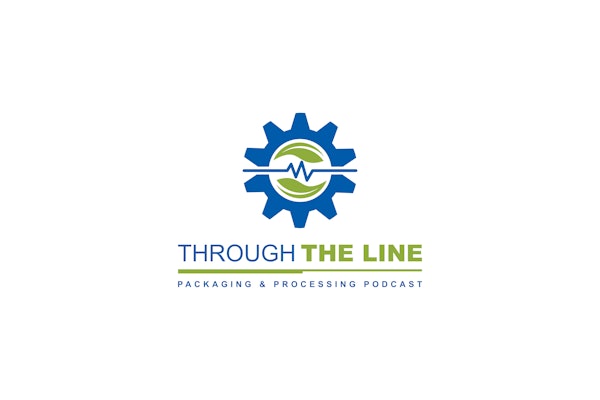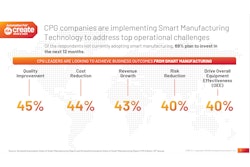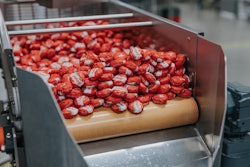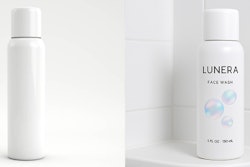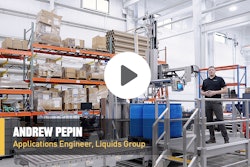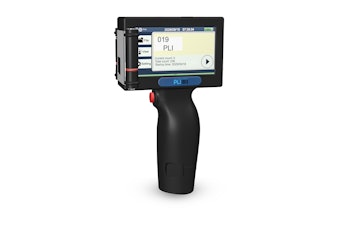In the true spirit of editorial re-purposing, I present a portion of it here:
OEE is a number described in terms of a percentage and is the product of three terms expressed as percentages. The formula is OEE = Availability x Performance x Quality. Availability is the percentage of time the machine is available for work vs. the time scheduled for work, otherwise known as "uptime." Performance is the speed at which work is performed as a percentage of designed speed. Quality represents good units produced as a percentage of total units.
Todd Smith, product manager at manufacturing software supplier Rockwell Software, in Mayfield Heights, Ohio, thinks this is a metric that manufacturers should be even more concerned with now, given the current economic climate in which they are trying to extract more capacity from current assets. "OEE is a scorecard of the effectiveness of an asset, line or plant," Smith asserts. "It's a measure that works anywhere, with any type of machine or production line."
One potential problem with OEE lies in defining the terms accurately and consistently. If you are going to use the metric for comparisons, then all must use the same definitions. When a machine is not producing, is that a fault or planned downtime? Should planned downtime be considered as an exception and not counted? Smith counters that software products exist that can link to machine controllers to pull information directly from the process. If used across a facility, this ensures that definitions are applied consistently.
A further benefit comes from reading data directly from the control system and storing that data in a historian. Engineers and analysts can apply statistical tools and other methodologies to sort through the data to find root causes of problems that reduce availability, degrade performance or create bad products. Says Smith, "People using pencil and clipboard at the end of the line provide information that is never accurate or timely. It's also really tedious to collect this information, especially if you're not certain what it will be used for. Data coming directly from the process is accurate and timely."
Smith sees a lot of current interest in OEE, although sometimes it's just a top-down directive from upper management that doesn't really provide all the benefits that it could. "To me, it's Manufacturing 101. Boiled down, it is the ratio of number of products made vs. number of products that could have been made. Or, how many more products could I make without additional capital expenditure? But, it is really just the tip of the iceberg. The more you know, the more you want to know. OEE is like taking a test in high school. If the only thing you get back is the score, then all you know is the grade you'll get in the class, and perhaps class rank. If, however, you also can see the test and what you did on each question, where you fell short, then you can see where to improve."











